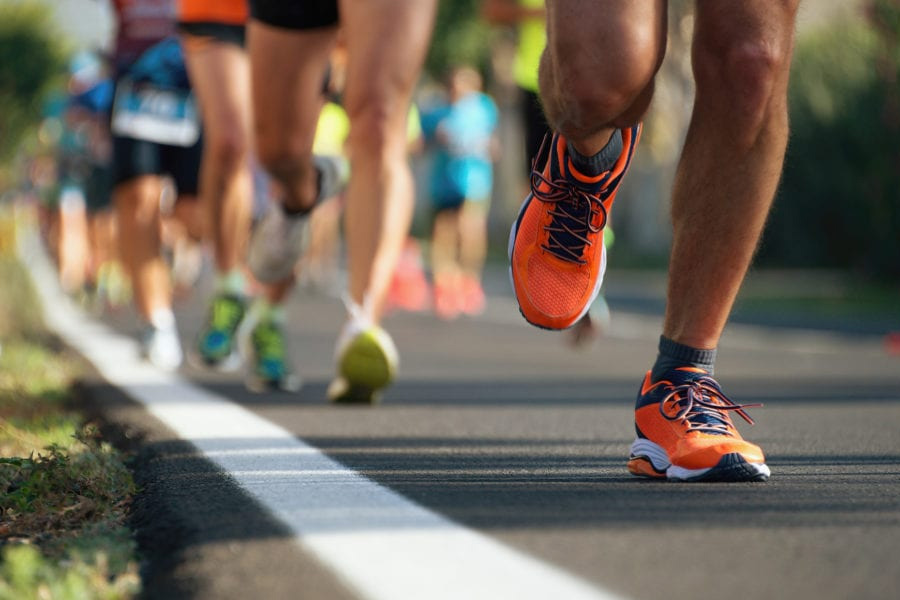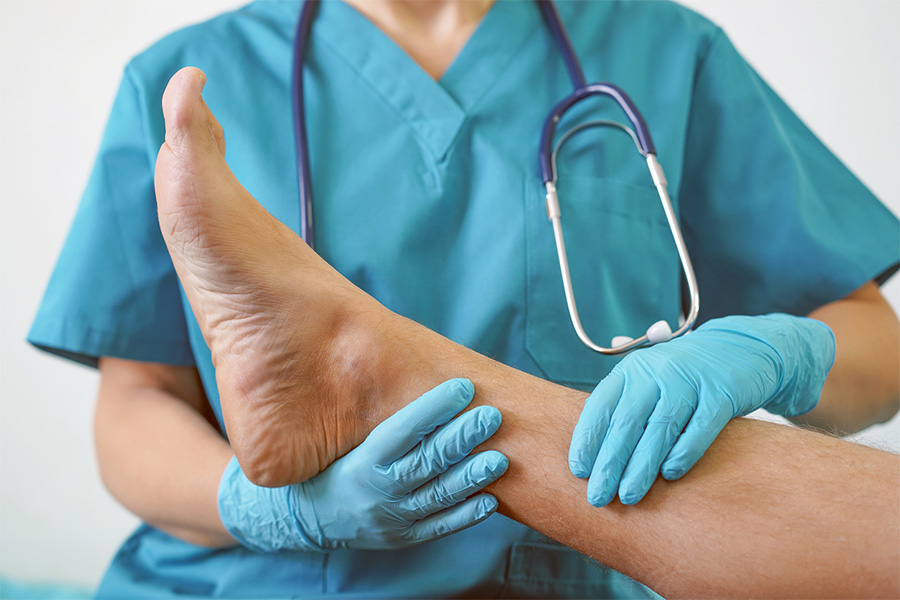Bunions are the result of pressure on the joint at base of the big toe. When left untreated, this pressure can cause an unsightly and often painful bump (the bunion) – as well as painful calluses on the skin surrounding the bunion – to form. The bunion and calluses can make it difficult and painful to walk, wear shoes, or flex your toes. Bunions can also make your foot appear deformed by forcing your big toe to lean in toward the foot, or making the toes overlap. Treatment of the bunion depends on its severity and may include nonsurgical and surgical options.
Nonsurgical Option
Simple lifestyle changes such as changing to wider-fitting shoes with a low heel and box toes may help ease symptoms of less pronounced bunions; toe supports or splints, toe spacers and foam pads worn between the toes and on the foot can further help protect and take pressure off the area and prevent discomfort.
Customized orthotic shoe inserts can also be effective in helping to keep toes in the correct position and relieve pain. Other ways to relieve pain and reduce inflammation can include over-the-counter pain relief and anti-inflammatory medications, regularly applying cold or warm compresses to the bunion, and soaking the foot in a warm Epsom salt solution.
Surgical Options
If non-surgical treatments prove unsuccessful, surgery may be necessary to correct the alignment of the bones, joints, tendons, nerves and ligaments and to restore pain-free movement and function. A bunionectomy is an outpatient procedure and involves the podiatrist making an incision in the top or side of your big toe joint. The toe bones are realigned and, if necessary, some bone and soft tissue may be removed. Small plates, screws, or wires may be used to keep the bones from becoming misaligned again. There are a number of different surgical techniques for a bunionectomy (bunion removal); your podiatrist will be able to discuss which is the most appropriate technique for your condition and will let you know what to expect.
Recovering from Bunion Surgery
For the first few days following the procedure, expect to keep your foot elevated. You will need to apply ice packs as directed to reduce pain and swelling. You will refrain from getting your feet wet until the stitches are removed.
Your podiatrist will provide you with a splint, cast or orthopedic shoe that will help keep the bones in place while they heal; you may also temporarily need a walking aid such as crutches, a scooter, or cane until you can safely increase the amount of weight you can put on the foot. Physical therapy may be recommended to help restore strength and motion. Once healed, you should be able to resume normal activities
Foot Care in Cincinnati
When it comes to bunions, the choice to remove them surgically is entirely up to you. However, if the pain, discomfort and aesthetic is such that your bunions impact the way you live, perhaps it may be time to consider more advanced treatment options. Cincinnati Foot & Ankle Care offers comprehensive care for feet. Our team of expert podiatrists can provide effective treatments for most foot and ankle conditions – including bunions. To discuss your foot or ankle condition and treatment options, call the location nearest to you or use our convenient appointment request form to arrange a consultation today.





